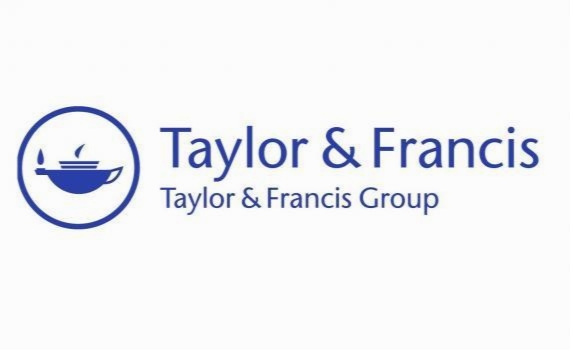علت تنظیم افشای شرکت و حسابرسی شرکت خصوصی Why regulate private firm disclosure and auditing?
- نوع فایل : کتاب
- زبان : انگلیسی
- ناشر : Taylor & Francis
- چاپ و سال / کشور: 2018
توضیحات
رشته های مرتبط حسابداری
گرایش های مرتبط حسابرسی
مجله حسابداری و تحقیقات تجاری – Accounting and Business Research
دانشگاه Booth School of Business – University of Chicago – USA
منتشر شده در نشریه تیلور و فرانسیس
کلمات کلیدی انگلیسی audit; disclosure; private firm; regulation; externalities
گرایش های مرتبط حسابرسی
مجله حسابداری و تحقیقات تجاری – Accounting and Business Research
دانشگاه Booth School of Business – University of Chicago – USA
منتشر شده در نشریه تیلور و فرانسیس
کلمات کلیدی انگلیسی audit; disclosure; private firm; regulation; externalities
Description
1. Introduction The location of a private firm substantially affects its financial reporting environment. Private firms in the US and Canada, for example, essentially face no financial reporting regulation. They are required to neither make their financial reports public nor have them audited. As a result, the extent to which these firms engage in public reporting or financial auditing is effectively a result of the firm weighing its private costs and benefits. They consider an auditor’s fees, the amount of time required to undergo an audit, the proprietary costs of making their results public, etc., and trade these costs off with potential capital market benefits such as lower borrowing costs or more freely available trade credit. By contrast, firms in many other countries throughout the world face a substantially different financial reporting regulatory environment. A limited liability private company in the UK, for example, is required to have its financial statements audited and made publicly available, regardless of the firm’s own considerations of the private costs and benefits.These differences in disclosure and auditing regulations result in tremendous differences in reporting outcomes. In the US, for example, only rarely will a private company voluntarily disclose any financial reports, regardless of firm size. Some of the largest firms in the US are private and do not disclose their financial results. Moreover, the majority of even medium-to-large private firms in the US do not produce audited GAAP statements (Lisowsky and Minnis 2016).2 In Europe, on the other hand, most firms of material size (e.g., assets of EUR 5 million and 50 employees), have to disclose financial statements publicly and have them audited. Firms smaller than various thresholds face lower financial reporting requirements, but even then some aspect of disclosure is typically required (e.g., Bernard et al. 2015, Burgstahler et al. 2006). In this paper, we consider various arguments for and against regulating the disclosure and auditing of private firm financial reports. We do so in three progressive steps. In Section 2, we consider what defines a private firm. Individuals could have different views on essential aspects of what makes a firm ‘private,’ and this could lead to differing views on regulation of those firms. For instance, one could view a firm that controls large amounts of societal resources (e.g., physical or human capital) as a ‘public’ firm and one that does not as a ‘private’ firm.


